


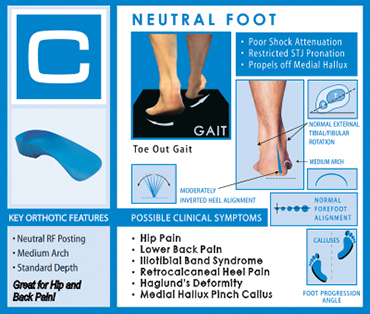
The C QUAD Foot-Type is sometimes referred to as a Subtle Pes Cavus foot or an under-pronator. This foot-type exists when an Uncompensated Rearfoot Varus is coupled with a relatively normal (neutral) forefoot alignment. A key distinguishing feature of this foot-type is an obvious toe-out gait pattern.
People with this foot-type walk very toe-out. Picture how a gunslinger from an old western movie made his entrance into the local saloon! If you're not a fan of the westerns, think of a penguin or a duck! The primary consideration here is simply that the rearfoot cannot pronate at the subtalar joint. Why? Because it is uncompensated which means that calcaneal eversion is not possible! Furthermore, if a person with this foot-type attempts to stand with their feet straight ahead, they will complain that their hips hurt! Why? Since an individual with this foot-type cannot pronate at the subtalar joint, loading the inner aspect of their feet is extremely difficult. As a result they will attempt to acquire the necessary motion by externally rotating at the hips. The muscles that externally rotate the hips become chronically shorted as a result of this gait pattern. Thus, standing with their feet straight ahead is extremely uncomfortable.
All Quadrastep Orthotics are available in Regular and Narrow Widths, and with a topcover an an additional charge. For more information see Customized Orthotics.
LIST OF RECOMMENDED SHOES BY QUAD
(Please refresh your browser often)
Having trouble selecting a Foot Type? Try our Easy Foot Typing Tool
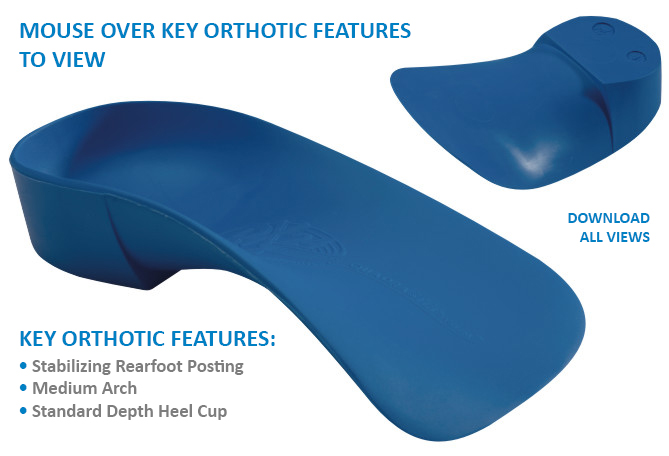
• Retrocalcaneal Bursitis
• Lateral Hip Pain
• Haglund's Deformity
• Lower Back Pain
• Illiotibial Band Syndrome
• Pinch Callus Medial Hallux
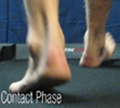 CONTACT
CONTACTPHASE |
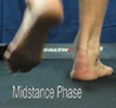 MIDSTANCE MIDSTANCEPHASE |
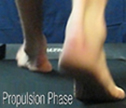 PROPULSION PROPULSIONPHASE |
| MOUSE OVER THE PHASE FOR DETAILS OF THE C QUAD GAIT |
||

Copyright ©2008-2024 Copyright QUADRASTEP SYSTEM® • Nolaro24™ LLC. All Rights Reserved
